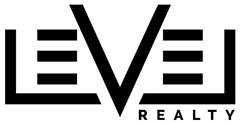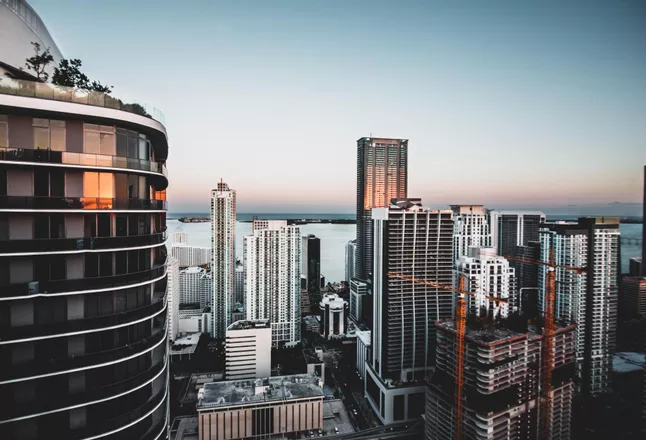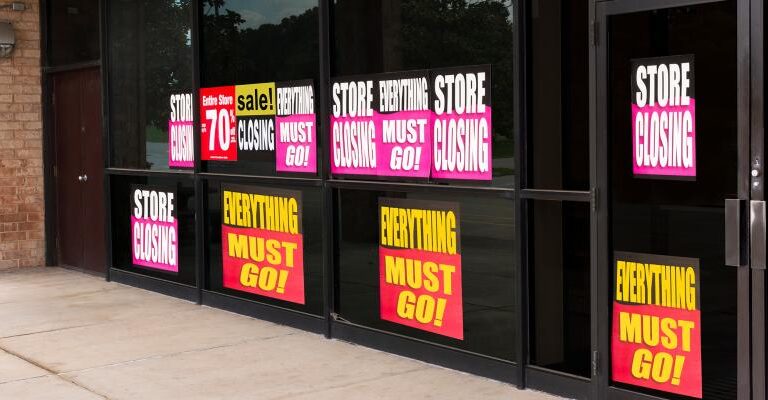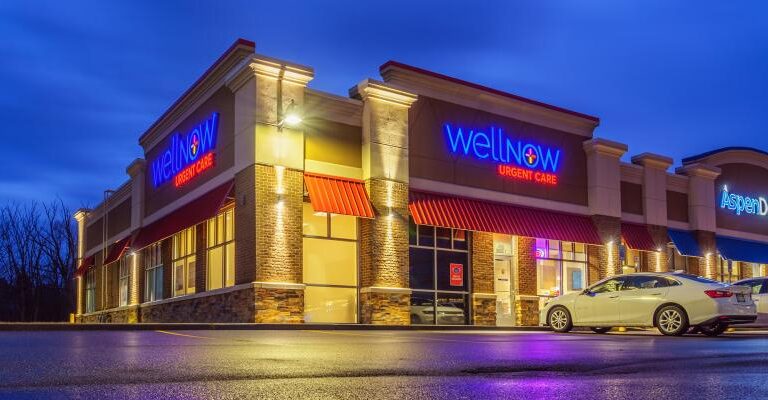With stepped-up protocols for health and safety come a re-evaluation of traditional property management approaches and products.
Cheryl Ann Gray | Sep 29, 2020
There’s an odd dynamic that accompanies crises. While they may cause chaos and confusion, they also ultimately reveal themselves to be times of great opportunity. Such is the case with the ongoing, ever-shifting coronavirus pandemic, and its impact on property managers’ sustainability efforts.
Green initiatives were already a foregone conclusion for the great majority of practitioners, as well as for their ownership entities and occupants. COVID-19 accelerated the sustainability journey real estate was following, especially as it concerns the linkage between the built environment and the wellbeing of tenants and residents.
Today, as we watch the slow return to offices, shopping, entertainment and other indoor spaces, there’s a greater reliance on the building environment to ensure—to the extent possible—our health and safety. The conversation now includes introducing more outdoor air into our properties, filtering that air effectively, and ensuring that air exchanges occur more frequently.
With such stepped-up protocols comes a re-evaluation of traditional approaches and products, often raising the cost of sustainability beyond what we may have anticipated. Higher-frequency air exchanges will cause energy consumption to go up; disinfecting surfaces to post-COVID-19 levels may mandate different antibacterial products, raising costs there; and even the increased use of such standard items as paper towels on frequently touched surfaces has major implications for the waste stream. No, sustainability in this new era of engagement is not business as usual.
Which brings us back to the opportunities discussion. As many of you who have read these columns know, two of the major platforms on which I’ve based my presidency over the past year have been sustainability and technology. And it’s in the coming together of those two forces that we see great opportunity for property managers.
Much like sustainability itself, the tech industry’s support of the sustainability movement was already growing in leaps and bounds before COVID-19 hit. In fact, according to a report released late last year by EY and CRETech, sustainability investments by venture capitalists over the past five years outpaced those of the general proptech movement. In that time, while VC funding of proptech hit $75 billion, cleantech investments reached $80 billion.
“The leading factors fueling the push toward clean and green are corporate social responsibility, cost and customer demand,” the survey report says. While we’re still puzzling out all the ramifications of COVID-19, you can bet the most aggressive cleantech players are already mapping out products to capitalize on the new normal of sanitation, and that $80 billion in investments can only grow.
In the midst of examining how we can better interact with our occupants, available technologies are a great way for practitioners to do so more seamlessly and with less confusion. Obviously, programs and applications out there right now can enhance the performance of building systems, and there are a raft of tools that can integrate with existing infrastructures.
Ultimately, there is no reason for the disruption in operations we have all witnessed over the past six months to derail our sustainability initiatives. As stated, it can only accelerate those initiatives and move us further along the course.
For instance, take the ongoing work being done by one of the leading adopters of sustainability in the CRE space, Physicians Realty Trust (NYSE: DOC), an IREM AMO (Accredited Management Organization) in Milwaukee. “Our environmental strategy stems from our adherence to a G2 Sustainability philosophy,” says capital projects manager Ryan Yetzer. “Being ‘green’ in capital initiatives equates to a ‘green” cash return via cost savings over time.”
He explains that all of DOC’s initiatives are designed to deliver “positive returns for our investors and tenants.” To accomplish that, in each of its 268 healthcare properties, the firm analyzes areas of highest usage in energy, water, and waste to plan for future system upgrades.
Based on 2018 performance results, DOC set aggressive goals for the next three years, namely, a 10 percent reduction in each of the following areas: energy, emissions, water, and waste. As a result of its growing commitment to sustainability, this year DOC earned IREM CSP (Certified Sustainable Property) designations at eight of its properties. The REIT is a great example of keeping one’s eye on the ball.
By the way, the CSP certification is just one of the ways IREM is keeping sustainability top-of-mind for its membership in this COVID-19 environment. Through efforts such as the IREM Foundation and its Elaina’s Sustainability Fund, created to support initiatives that improve the environmental impact of the real estate our members manage, and a wide variety of ongoing courses and education, the focus remains on helping property managers execute on their responsibilities to their stakeholders and, ultimately, to our environment.






